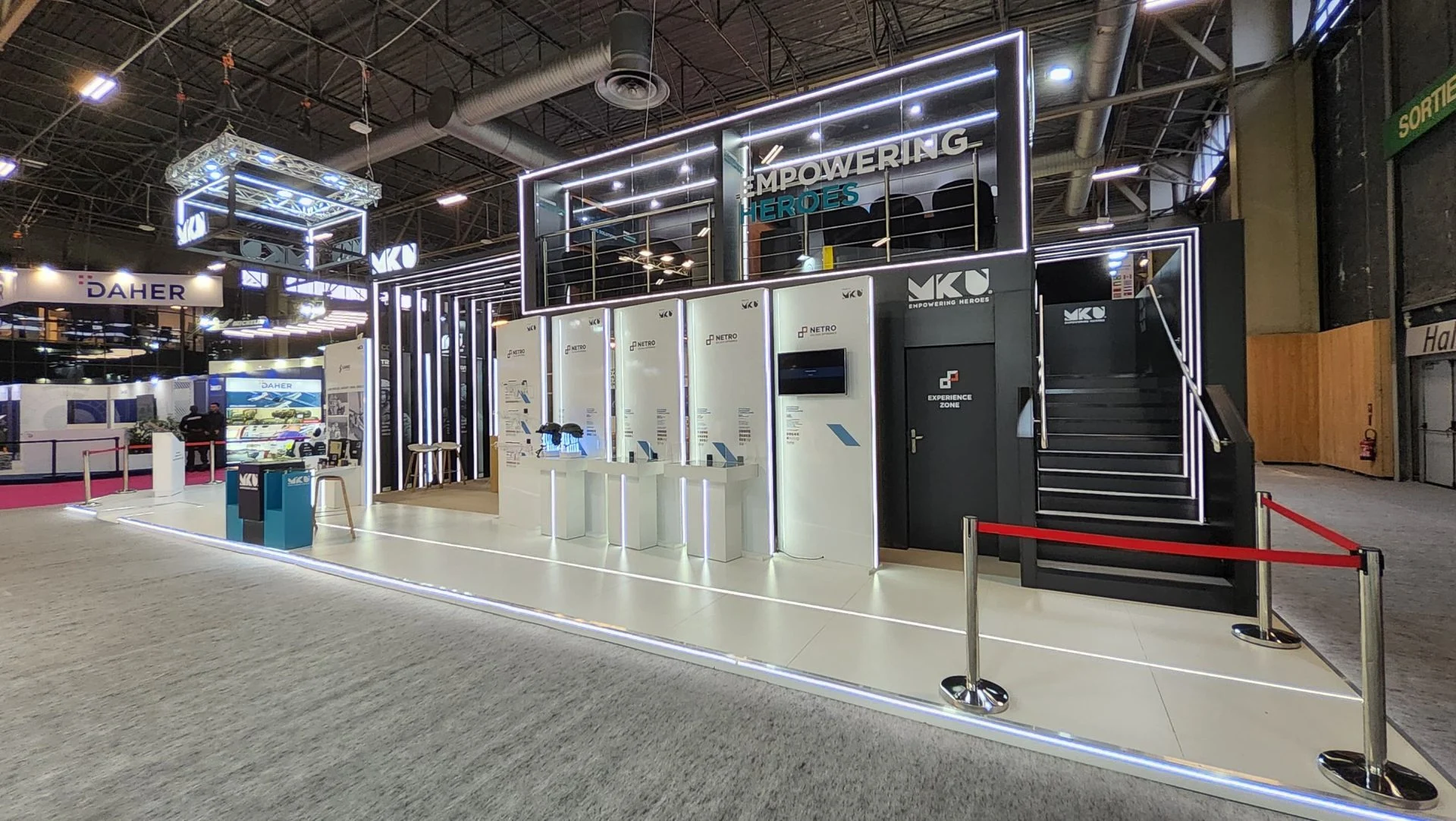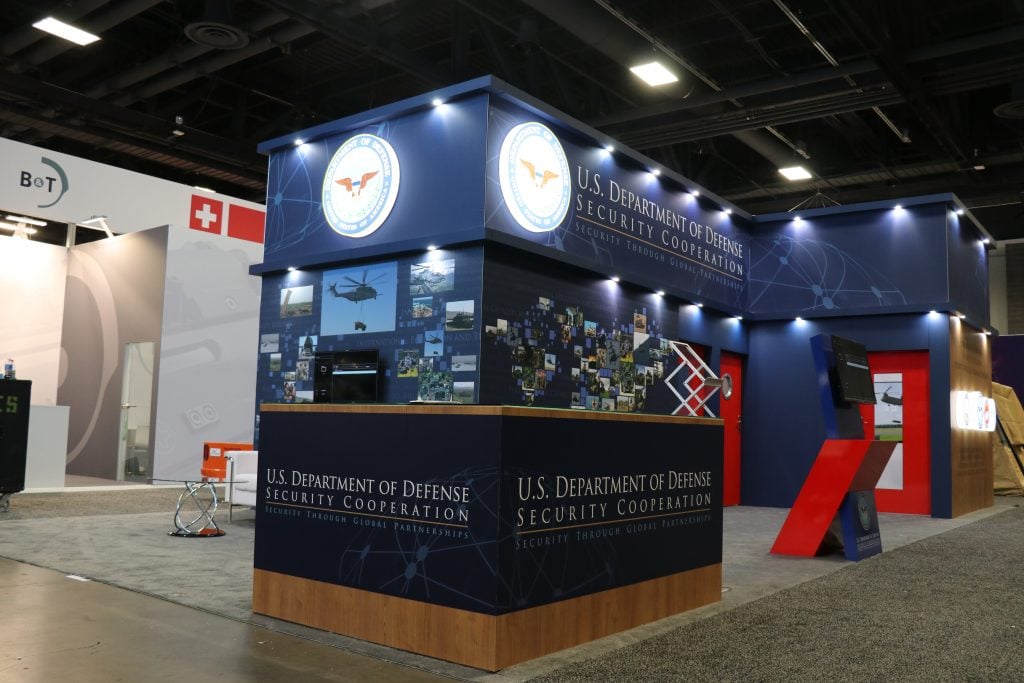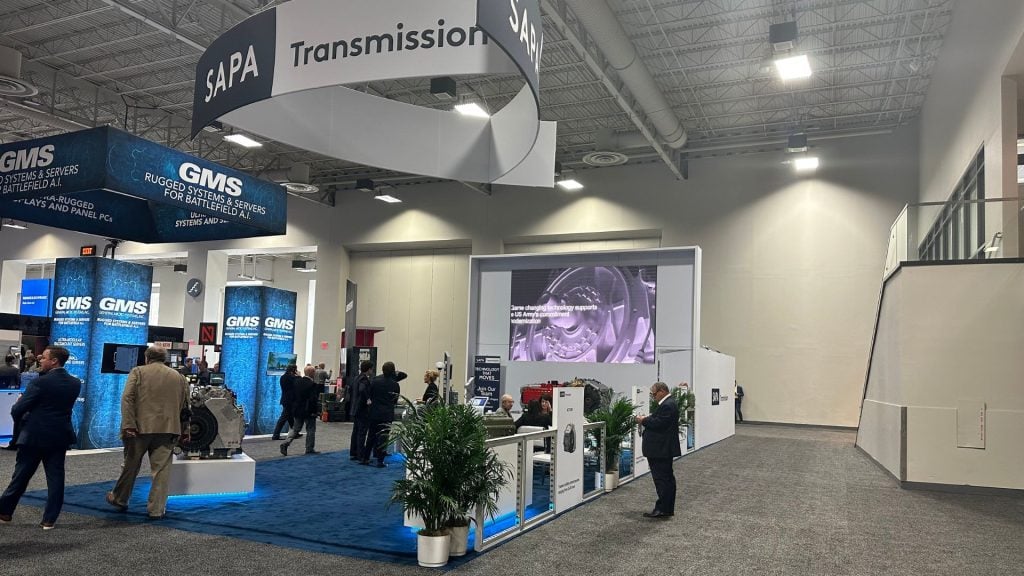
Introduction
As the trade show landscape evolves, exhibitors are moving beyond traditional displays and venturing into the realm of immersive storytelling. This innovative approach combines cutting-edge technology with compelling narratives to create booth experiences that captivate, educate, and leave a lasting impression.
In this blog, we’ll explore the emerging trend of immersive storytelling in trade show booth design, why it’s gaining traction, and how your brand can leverage it for maximum impact.
What Is Immersive Storytelling in Trade Shows?
Immersive storytelling integrates elements like augmented reality (AR), virtual reality (VR), 3D projection mapping, and interactive digital content to create a cohesive narrative for booth visitors. It transforms a standard trade show booth into a dynamic environment where attendees can engage with a brand’s story, values, and offerings on a deeper level.
Why Immersive Storytelling Matters?
The shift towards immersive storytelling reflects a broader change in how audiences interact with brands. Here’s why it’s becoming indispensable:
- Engagement Beyond the Ordinary: Traditional booths often focus on showcasing products or services. Immersive storytelling invites visitors to actively participate, fostering emotional connections.
- Memorability in Crowded Spaces: Trade shows are bustling with activity. A booth that tells a compelling story using visual and interactive elements stands out and stays with attendees long after the event.
- Communicating Complexity: For industries with intricate offerings (like tech or healthcare), immersive storytelling simplifies concepts through engaging narratives and interactive demos.
Technologies Driving Immersive Storytelling:
- Augmented Reality (AR):
AR overlays digital content onto the real world, allowing attendees to explore virtual product models, access interactive catalogs, or visualize complex solutions.- Example: An automotive brand might use AR to let visitors “assemble” a car and see its features come to life.
- Virtual Reality (VR):
VR creates entirely immersive environments where attendees can “experience” a brand’s offerings, whether it’s a factory tour or a simulated product in action.- Example: A construction company might offer VR walkthroughs of a completed project.
- Projection Mapping:
By projecting visuals onto physical surfaces, exhibitors can create dynamic displays that blend digital content with tangible elements.- Example: A food brand might project a story of farm-to-table sourcing onto real dining setups.
- Interactive Kiosks and Touchscreens:
These allow attendees to choose their journey, interacting with content that aligns with their specific interests.- Example: A healthcare booth might offer touchscreens that let visitors explore different patient success stories.
Strategies to Implement Immersive Storytelling in Your Booth:
- Define Your Narrative:
Identify the core message or story you want to convey. Ensure it aligns with your brand’s values and resonates with your target audience. - Choose the Right Technology:
Tailor your tech choices to your story. For instance, VR might be ideal for experiential products, while AR is better for showcasing technical details. - Integrate Physical and Digital Elements:
Combine physical setups (like product displays) with digital storytelling tools for a seamless experience. - Focus on Interactivity:
Allow attendees to engage actively—whether through gamified experiences, customizable demos, or user-generated content. - Measure and Analyze:
Use visitor data and feedback to evaluate the impact of your storytelling approach and refine it for future shows.
Case Studies: Brands Excelling at Immersive Storytelling
- Nike: At a recent trade show, Nike created an AR-powered booth where attendees could step into the shoes of athletes and experience their journey.
- Siemens: Siemens used VR to showcase smart city concepts, allowing visitors to navigate futuristic urban environments.
- LEGO: LEGO booths used projection mapping to tell the story of its sustainability efforts, engaging both adults and children with vibrant visuals.
Future of Immersive Storytelling in Trade Shows
As technology advances, we can expect even more sophisticated storytelling tools, such as AI-driven personalization and holographic projections. The possibilities are endless, and the brands that embrace these innovations will lead the pack in audience engagement and brand recall.
Conclusion
Immersive storytelling is revolutionizing trade show booth design, offering a powerful way to connect with audiences and differentiate your brand. By blending creativity with technology, your booth can become more than a display—it can be an unforgettable experience.
Are you ready to craft your next trade show story? Let your booth be the page where innovation and engagement meet.


 Global
Global Europe
Europe

